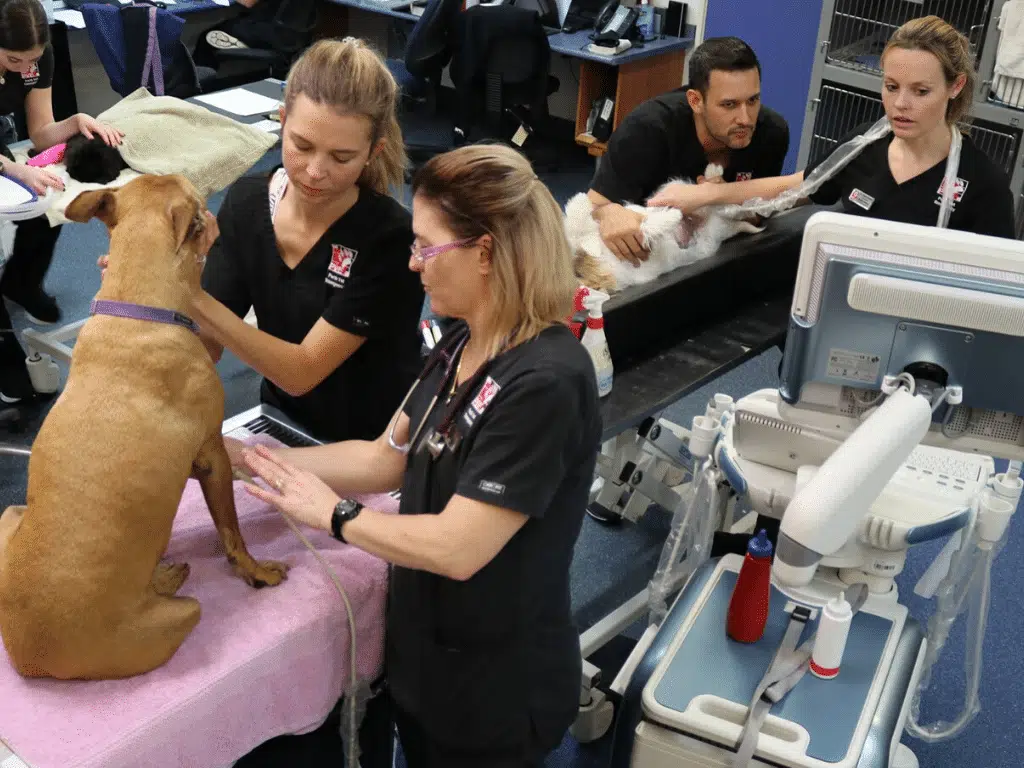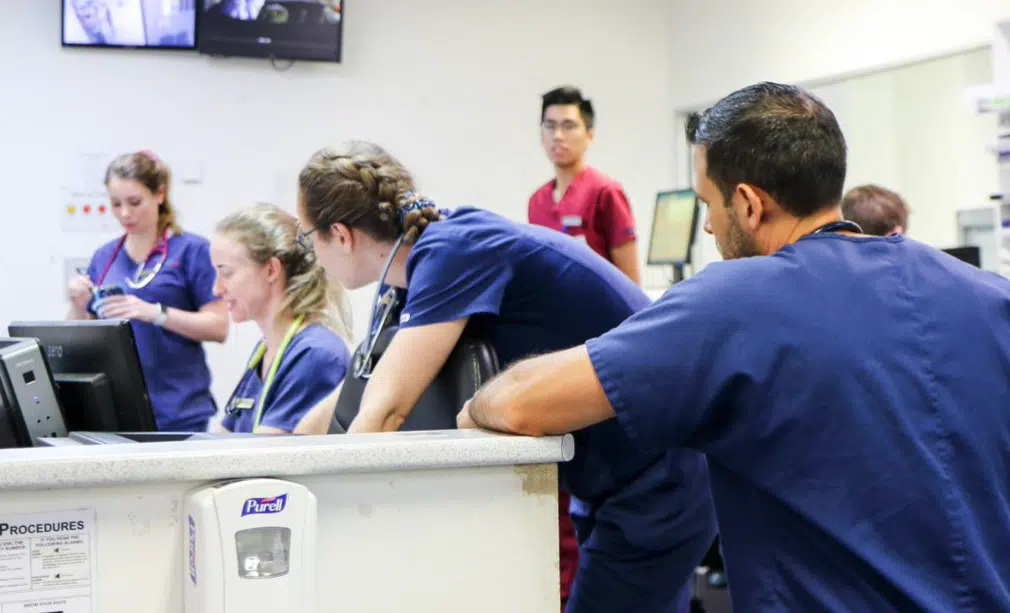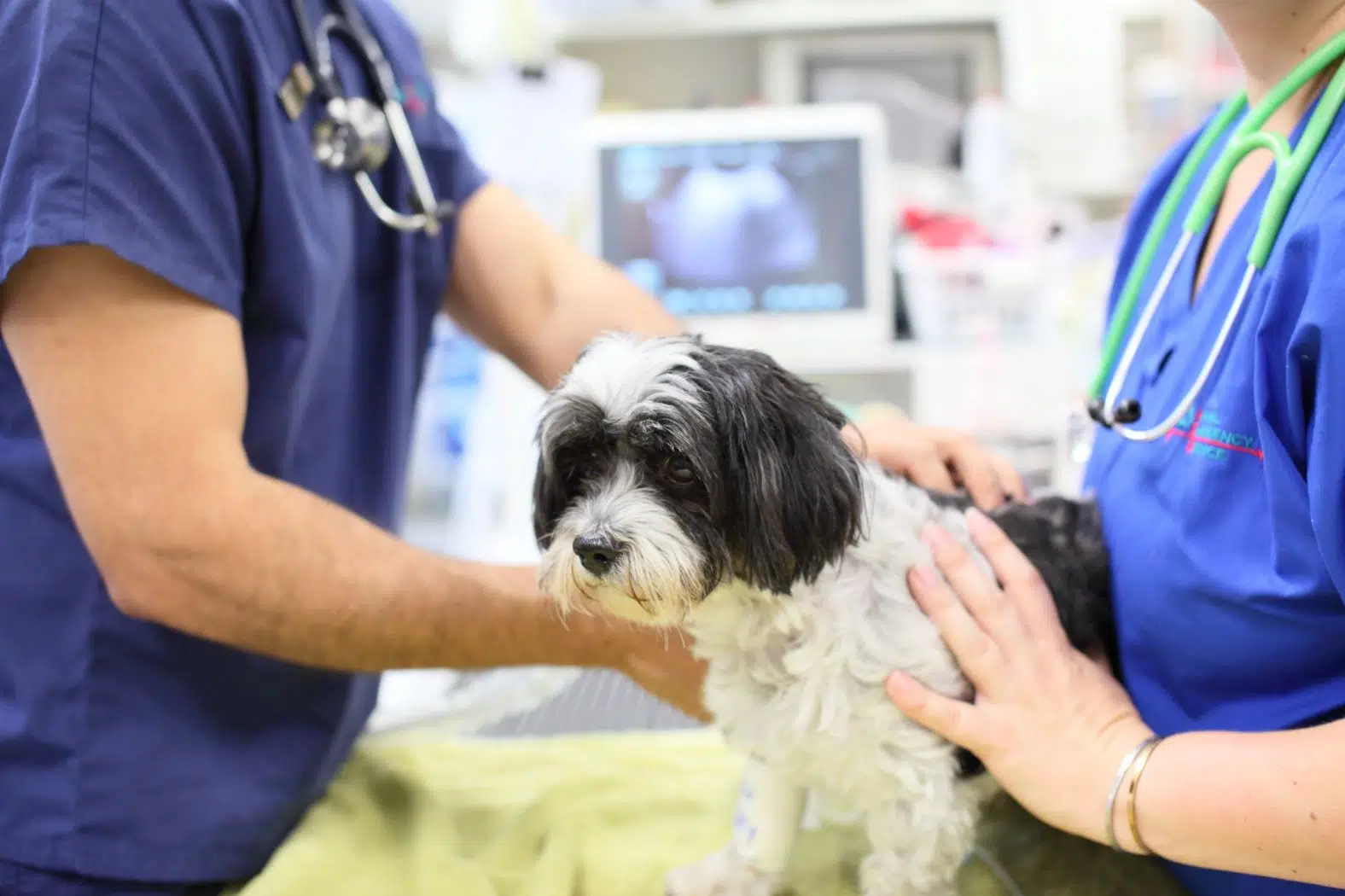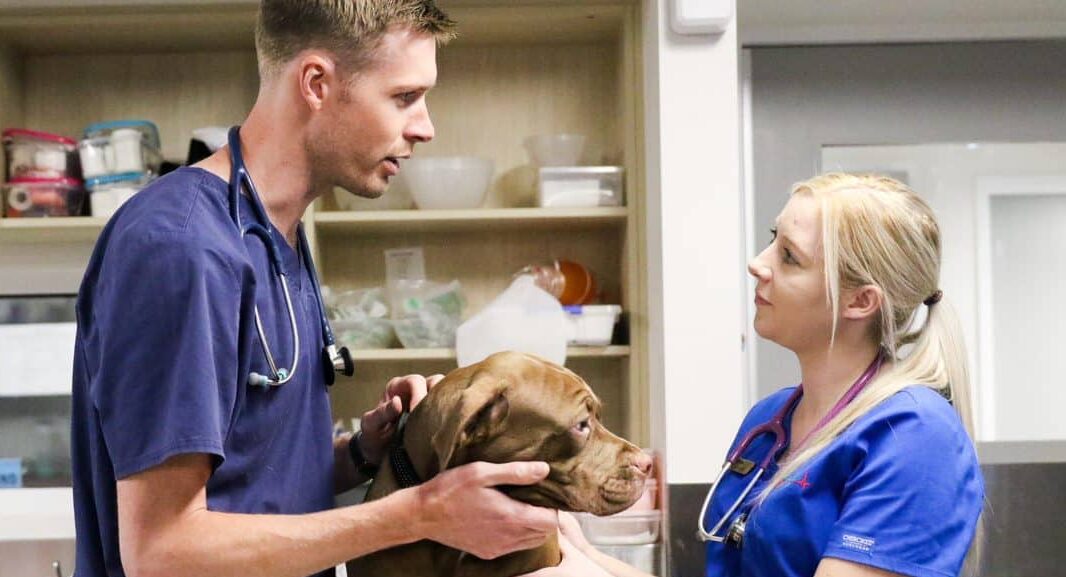The veterinary shortage is a global issue that has been affecting the profession for many years, recently becoming a hot topic across media outlets worldwide. Reports have shown that veterinary practices have been shutting down due to the lack of available veterinary professionals to staff them, leaving many pet owners scrambling to find care for their beloved animals.
The shortage has been caused by a number of factors, including an increase in pet ownership and clinical workload, the effects of COVID-19 on the veterinary profession, and a decrease in university entrants studying veterinary science. Leaving the shortage in the hands of veterinary bodies such as the AVA (Australian Veterinary Association) to try and resolve may only be one piece of the puzzle, and you might be thinking, what could I do to help?
Before we get into that though, let’s look at the background behind the veterinary shortage and understand the many factors coming into play.
The Australian Veterinary Shortage
In Australia, the veterinary shortage is especially severe, with recent studies showing that there are only enough veterinarians to meet 60% of the demand. This means that veterinary practices are struggling to keep up with the increased demand for their services, which in turn has created additional challenges around providing the highest standard of veterinary care.
There are many reasons why the veterinary profession in Australia is facing a shortage, but one of the most significant contributing factors is the low number of university entrants into vet science programs. In fact, in 2021 the number of students enrolled in Australian vet science programs totalled just 1,890 – a significant decrease from the 2,440 students enrolled in 2010.
This decline can be attributed to a number of factors, including the cost of university education due to the deregulation of university fees and the dedication and commitment required in order to obtain a degree in veterinary science. However, whatever the reason for the decline, it’s clear that the number of veterinary students entering and graduating from university programs is a concern that must be addressed.
How pet ownership has affected the veterinary workforce shortage
The veterinary shortage is also being exacerbated by an increase in pet ownership. In Australia, a nation-wide study in 2022 suggested that 69% of households own a pet, with the most popular pets being dogs (47%), cats (33%), and fish (12%). This trend is also being seen in other parts of the world, such as the United States, where 65% of households own a pet.
During COVID-19, pet ownership in Australian households increased even further, with an estimated 1.5 million new pets being adopted during the pandemic. This could be attributed to multiple factors, including people having more time at home to care for a pet, and the increased need for companionship during times of isolation.
While this increase in pet ownership is great news for the animal industry, it’s put even more pressure on an already stretched veterinary workforce. This is because as the number of pets in households increases, so too does the demand for veterinary services, which has resulted in longer waiting times.
The impact of COVID-19 on veterinary practices
COVID-19 has also had a significant impact on veterinary practices, with many having to close their doors due to the lack of available staff. This is particularly true in Australia, where the veterinary workforce is already stretched thin. The closure of veterinary practices has had a knock-on effect on the health and wellbeing of pets, as many are unable to access the care they need.
Throughout the pandemic, daytime veterinary practices were closed for a number of reasons, such as a lack of staff due to COVID-19 outbreaks in their teams, strict stay-at-home orders from the Government, and close contact definitions. This left many veterinary practices struggling to keep up with the demand for their services, facing the additional communication challenges of curbside consulting, and some even forced to close their doors permanently.
With more people owning pets, there is an increased demand for veterinary services. However, because the number of veterinary students has decreased, there are not enough new veterinarians to meet this demand. This has resulted in veterinary practices becoming increasingly busy and overstretched, which can lead to vet burnout and a resultant decline in the standard of care able to be provided to pets.
Let’s address well-being in the veterinary profession
In a recent study on veterinary wellness conducted by the AVA, research found that 67% of people surveyed said they had experienced a mental health condition at some point during their tenure in the veterinary profession.
When asked about contributing causes, respondents who had a mental health issue identified stress and non-work-related problems as key influences. The following are the top 10 work-related factors:
- Challenging client interactions
- Workplace bullying
- Working long hours
- Managing a high workload
- Dealing with staff shortages
- Poor leadership
- Dealing with COVID-19
- Poor remuneration
- After-hours & on-call work
- Poor workplace culture
The veterinary profession, according to the study, is confronted with a slew of problems, including both a veterinarian workforce shortage and the well-being of those in the business.
The majority of mental illnesses have been linked to being overworked, understaffed, and underfunded for long periods of time. It’s difficult to leave work or take breaks when the workload won’t allow it. You can’t just abandon patients and leave them untreated to go home; nor may you delay important tasks while they’re still waiting for you in hospital. The veterinary profession is a high-pressure environment that can often lead to burnout.
Over the last three decades, veterinarians’ suicide risk has also been found to have increased: they were found to be four times more likely to commit suicide than the general public, and twice as likely as any other healthcare professionals.
There have been several papers published on the subject, some of them supported by personal accounts. However, further research is needed to validate this and truly understand not just the effects of suicide on the job, but also mental health and wellness as a whole.
Addressing the Veterinary Shortage
There are a number of ways to address the veterinary workforce shortage. One way is to increase the number of veterinary students enrolled in universities. This can be done by offering more scholarships and financial incentives, as well as increasing the number of places available.
Another way to address the veterinary workforce shortage is to encourage more experienced veterinarians to stay in the profession. This can be done by offering better working conditions, such as flexible hours and working from home arrangements, as well as better pay and benefits. If you’re a veterinarian who is unhappy in your role – try not to leave the profession, as there are companies out there who will value you, treat you right, and pay you what you deserve.
So, what can you do to help the veterinary shortage?
If you’re a veterinary student, you can help by considering working in rural or underserviced areas. If this is not for you and represents a huge sacrifice in working away from your friends and family, you could always consider becoming an emergency veterinarian. Emergency veterinarians are in high demand, and if you find an employer that will invest in your education and training, you’ll discover a lifelong enthusiasm for emergency and critical care.
If you’re a practicing veterinarian, you can help by staying in the profession and encouraging other veterinarians to do the same. Talk to your clients about the importance of responsible pet ownership, and how this can help reduce the demand for veterinary services.
If you’re a practice owner, help support those already working in the veterinary profession by providing better workplace conditions and increased opportunities for professional development. This includes things like reducing after-hours work, providing adequate breaks during work hours and allowing time for writing histories, increasing remuneration, and improving workplace culture.
For any veterinary professional, no matter the level of education, use your voice to advocate for better conditions for veterinarians. Take part in meetings and conversations that may initially make you feel uncomfortable, as these are often the ones that will help to lead the way for change in our profession.
Conclusion
The veterinary profession is currently facing a number of challenges, including a veterinary workforce shortage, increased demand for veterinary services, and a difficulty in providing a high standard of care that pets receive. However, there are a number of ways to address these challenges, such as:
- Increasing the number of veterinary students enrolled in universities
- Encouraging more experienced veterinarians to stay in the profession
- Sharing knowledge and experience through veterinary mentorship
- Ensuring workplaces offer better working conditions and pay.
By addressing these issues, we can help to ensure that pets continue to receive the high-quality care they deserve. You can find out more in our article on the future of veterinary medicine.







